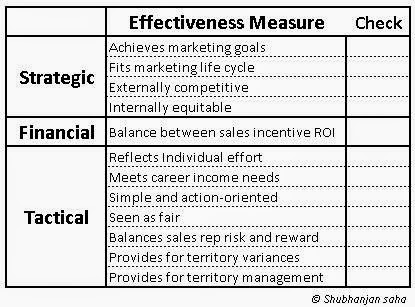Often knowing which questions to ask from a prospect and what specific answers to look out for is the key to qualifying prospects and getting them to the next stage of the sales cycle As usually it is critical for the Sales folks to ask the right qualifying questions when first talking to prospects. As I have noticed that too often, sales reps are so focused on presenting their sales pitch that they end up doing way too much talking and not nearly enough listening. I have listed some questions I believe are to be best practices for qualifying prospects.
Introductory Questions:
• What are the main objectives of your company?
• Are there any specific products/services/solutions are you looking for?
• What are your immediate needs?
• How familiar are you with our company?
• Have you had any experience with our products/services?
• How familiar are you with our new products?
• Whose products/services/solutions are you presently using?
Qualifying Questions:
• Tell me more about your specific situation.
• What are your top three criteria for buying?
• What qualities are you looking for in (product/service/solutions)?
• What do you like most about the products you are presently using?
• What would you like to change?
• What specific features are you looking for?
• What are your major concerns?
• Are you part of a buying team? If so, what specific information are you looking for?
Demonstrating Questions:
• What do you think of this product’s performance?
• How does it compare to your present product?
• How do you feel it will stand up to your specific needs?
• What do you think about incorporating our products/services/solutions into your specific strategy?
• What specific concerns do you have regarding our products/services/doing business with us?
• How do you plan on using this in your organization/department?
• What do you see that you particularly like?
Closing Questions:
• Who else other than yourself is involved in the decision-making process?
• When are you looking to make a purchasing decision?
• What are your budget constraints?
• Who else should we be contacting?
• What would you like to see as the next step?
• How do you propose we get started?
• How soon would you like our sales representative to contact you?
• What is your time frame for making a decision?
• What else would be important for me to know?
• What else would be important for you to know?
If you want some perspective on how you or your company needs to enhance their Sales/Client Management Capabilities, please email me at shubhanjan.saha@gmail.com


